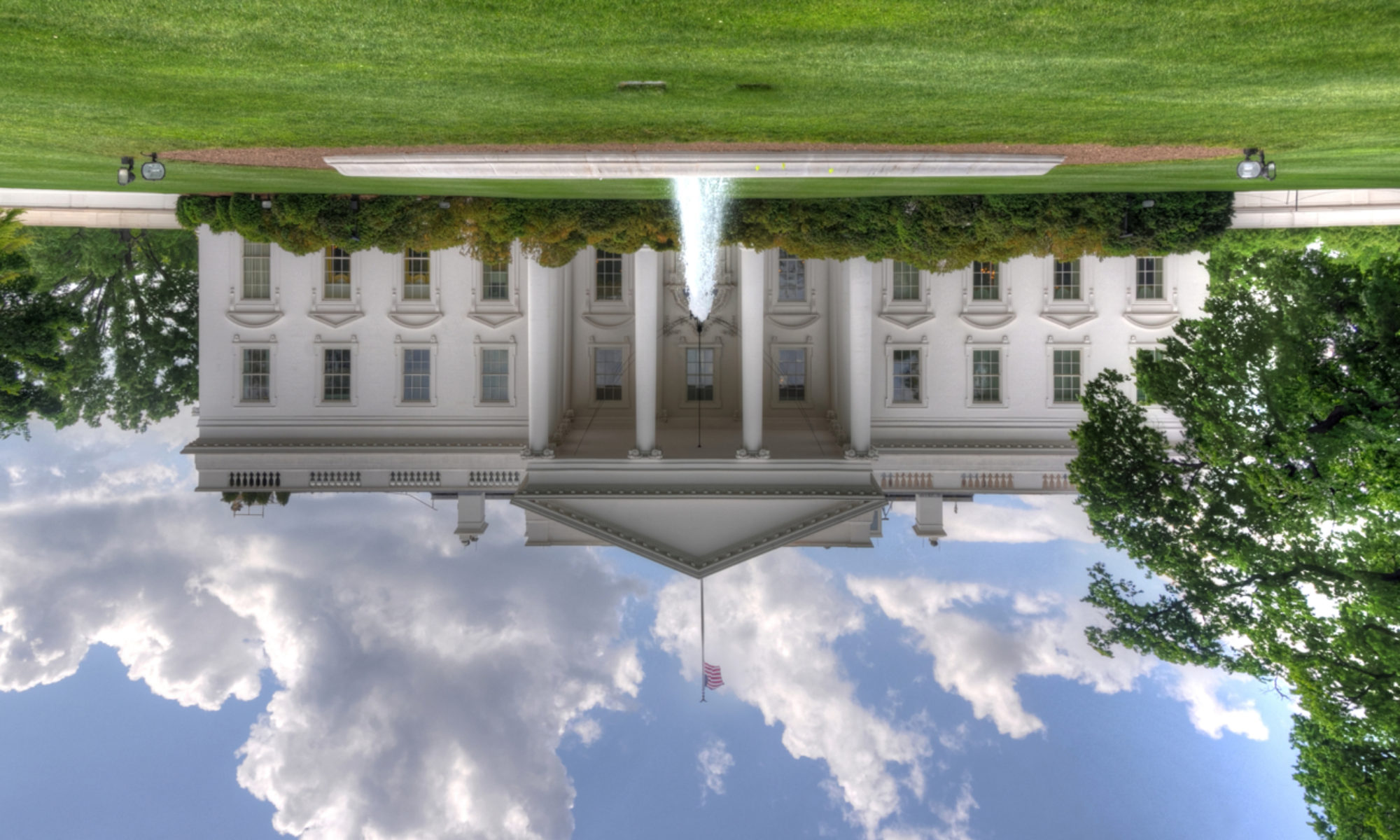It’s time the Trump administration, many GOP members of Congress, and Trump’s base own up to the fact that they are not pro-life. For decades, many Republicans have voted based on a single criterion: whether the candidate was “pro-life.” It’s been evident for nearly as long, though, that their much tossed-around phrase, “the sanctity of life,” is meaningless unless it can be used as a political weapon to fling at an opponent who supports abortion, or as an opportunity to squelch the rights of someone they perceive as morally or socio-economically inferior (women and people of color, for example).
We’re already too familiar with the frequent ways the pro-lifers defile the sanctity of life. We’ve observed how they advocate for babies as long as they’re unborn, yet vote against any forms of relief or assistance for them and their families once the babies are born. We’ve noticed how they oppose affordable or government-sponsored healthcare. We’ve seen how they purported to be concerned for human life when they opposed the Affordable Care Act (the ACA, or “Obamacare”), falsely spreading alarm about Obamacare “death panels” that they said would determine who (the elderly and infirm, for example) would get to live and who they might deem “not worth saving.”
They have voted for pro-life candidates, even if those candidates support other important policies they don’t agree with, and even if the candidates are corrupt (witness our current president). And they’ll vote against candidates who are ethical—religious, even— and whose platforms they otherwise agree with, if the candidate is not “pro-life.”
Some of them think it’s ok to pass such wacky legislation as making it a crime for a woman to have an ectopic pregnancy surgically removed (ectopic pregnancies are never viable pregnancies), and to charge licensed physicians who perform abortions with felony. That is how “pro-life” they claim to be.
With the advent of COVID-19 and local government leaders’ efforts to help mitigate its spread, however, “sanctity of life” has become inconvenient for pro-life conservatives who are against the lockdowns. Staying home, closing businesses to protect workers and customers, wearing masks, and taking other precautions to help slow the spread of the coronavirus have grown old.
When science presents information that threatens our comfort or our bank accounts, some politicize it and call it “tyranny.” Before America even reaches the peak of the COVID-19 spread—let alone a decline—these “pro-lifers” have been demanding that their leaders let Americans “get back to work” (and back to nail salons, gyms, churches, and crowded beaches).
In late March, Texas Lt. Gov. Dan Patrick suggested that he and other older Americans should be willing to sacrifice their lives for the sake of the economy, which he said was in “mortal jeopardy” as a result of COVID-19-related shutdowns.
“Let’s get back to living,” Patrick (R) said. “Let’s be smart about it. And those of us who are 70-plus, we’ll take care of ourselves, but don’t sacrifice the country.”
Many Americans found Lt. Governor Patrick’s comments chilling. It seems, however, that in recent weeks, Patrick’s idea has gradually begun to catch on among conservative lockdown protesters, whom we can now only laughingly refer to as “pro-life.”
Let’s repeat what Patrick was saying : Older Americans should be willing to be sacrificed for the good of our economy. (Remember those Obamacare “death panels” they kept clutching their pearls about?)
Many conservative state governors have fully re-opened their states against the advice of public health experts, citing the need to “save the economy” (and the lives of many be damned). Some restaurants, churches, and other areas where people congregate are now dangerously full of mask-less people in close contact with each other.
Public health experts have warned against opening up too soon; they’ve predicted a resurgence of the virus and an uptick in the number of deaths if we’re not cautious.
The relaxing of masks, social distancing, and other health precautions for the sake of “reopening” of the American economy could be a death sentence for many vulnerable Americans, who are at the mercy of the degree of prudence or carelessness (or stupidity) of those around them.
But public caution would require some inconvenience, as well as a hit on our bank accounts. Lockdown protesters in recent weeks have been clear on their position that even though it means more deaths, the economy needs to fully reopen, and reopen now.
It seems the “sanctity of life” is one of the first ideals to be jettisoned when it interferes with finances, re-election prospects, or…a hair appointment.
As long as all that’s required is to condemn abortion and perhaps stand outside an abortion clinic and yell epithets, it’s easy to profess to be “pro-life.” But for those “pro-lifers” who think it’s fine to sacrifice any number of human lives for the sake of their 401K or their “right” to crowd into churches, stores, and bowling alleys, it’s time they admitted that “pro-life” has nothing to do with what they stand for.
Texas Lieutenant Governor Claims Seniors Willing To Die Of Coronavirus For Economy | HuffPost [2020-03-24]
Blackwell presses pastor: How can you be pro-life and keep your church open? | CNN [2020-05-05]

